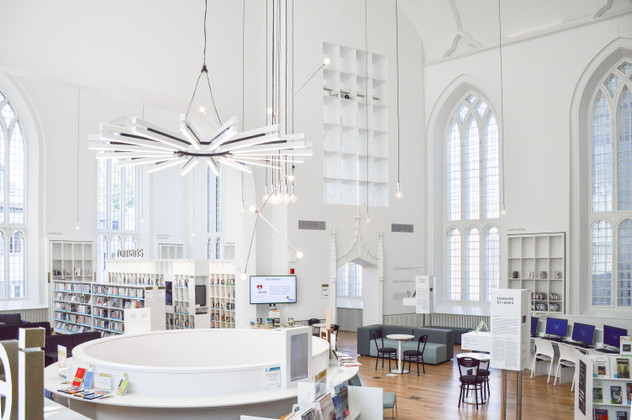Term Spotlight: Why Footcandles Matter for Your Lighting
Jun 12th 2020
Aside from color temperature and CRI, which are important factors when considering what light is best for your space, wattage (especially wattage equivalency) and lumens are likely what most people are concerned about when shopping for LEDs.
Wattage equivalency is a way to approximate the LED bulb you need based on the incandescent bulb you’re replacing. For example, SunLake’s standard A19 bulb comes in both 60 watt and 75 watt equivalents but only uses 9 and 12 watts respectively. This is a handy shorthand, but without taking into account the lumens produced, you could wind up with a bulb that is too dim or too bright depending up on the manufacturer.
Lumens are the best way to determine which bulb is best for you. However, lumens alone won’t tell the whole story. With a standard A19 bulb, for example, the light is designed to be omnidirectional to a certain extent to best mimic traditional incandescent bulbs. Omnidirectional light has its benefits, especially in a table lamp or other fixture that is concerned mainly with illuminating as much of the ambient space as possible. There are many applications where this is less desirable. Depending upon the product, you’ll lose light that is directed toward the ceiling or parallel to the ceiling. Or, while this isn’t a problem with LEDs because of how they’re engineered, with incandescent bulbs, you’ll lose light that gets trapped in the base of the bulb or elsewhere in the fixture itself.
There are a number of factors that go into determining how much light actually reaches the surface or area you’re hoping to illuminate. We’ve already mentioned color temperature and CRI, other factors include (but aren’t necessarily limited to) the beam angle, candelas, and footcandles.
Beam angle simply refers to the angle of light emitted from the lamp. A narrow beam angle results in more focused light, for example from a PAR or BR series bulb. These bulb types are often used as spotlights for this reason. You can read more about the differences between PAR and BR bulbs in this post from our blog. A wide beam angle allows for more diffuse light, for example what you get in an A19 or a tube light like SunLake’s T8. A lamp with a wide beam angle will light up more of the space while one with a narrow beam angle will focus the light more on a specific thing or surface.
Candelas are best thought of as candlepower. One candela is basically the same amount of light that one ordinary candle emits. While lumens only tell you the total amount of light a fixture emits, candelas can tell you about the intensity of that light.
Footcandles measure illuminance and are equal to one lumen per square foot. The light that actually arrives at the surface of a given space or feature in order to illuminate it can be measured in footcandles.
The fact of the matter is that LED manufacturers don’t provide things like footcandle measurements. And since footcandles are determined by the distance between a light fixture and the surface being illuminated, these are metrics manufacturers couldn’t provide even if they wanted to as they will vary from application to application. The best metrics to determine which LED is best for you, especially if you’re looking to replace an existent incandescent with an LED lamp, is to look at the combination of wattage equivalence, actual wattage, beam angle, and lumens produced.


